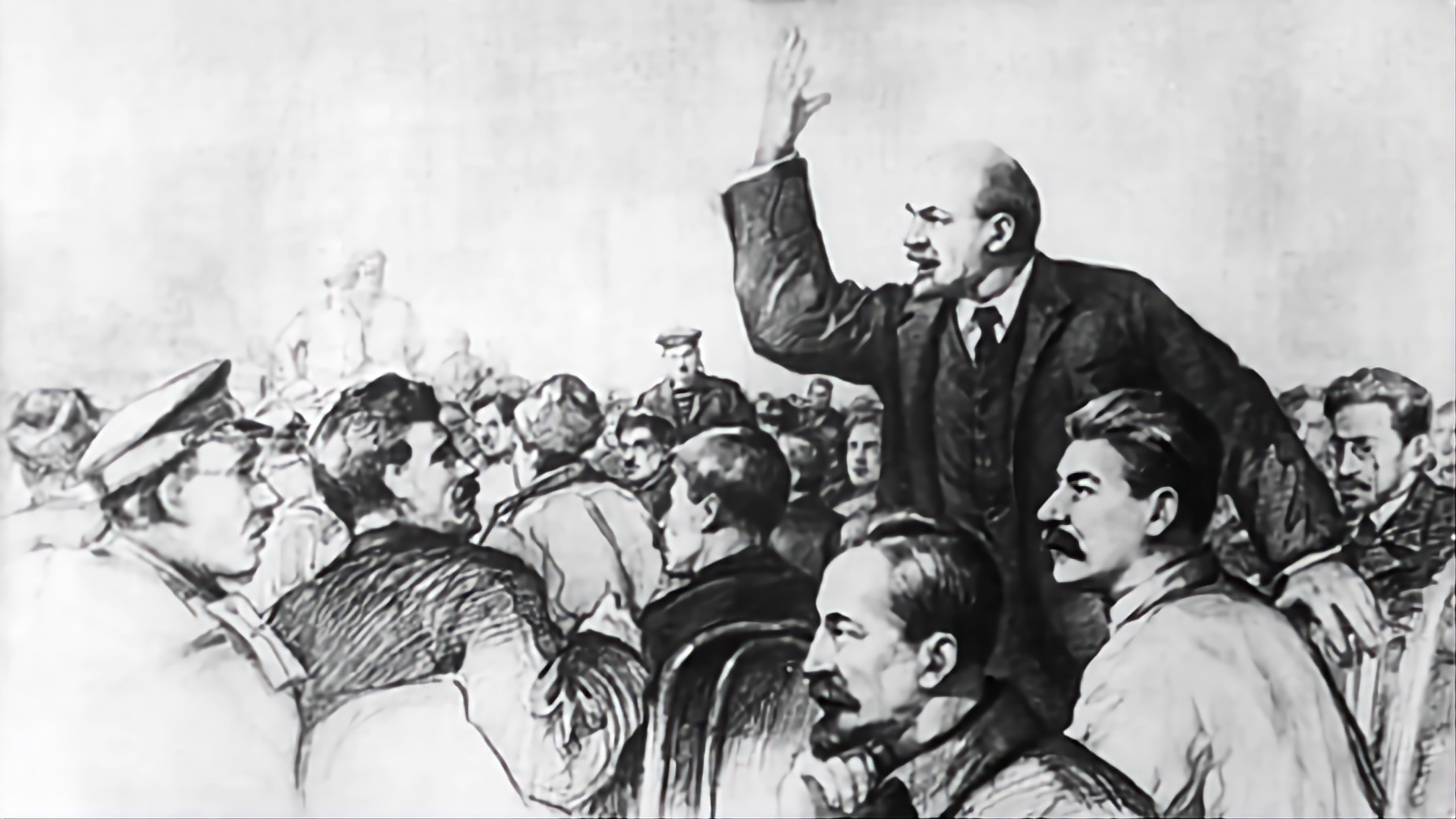ubik [he/him]
- 4 Posts
- 15 Comments
Clearly Taylor Ham is the proper name. Taylor Ham was the OG name. Taylor was the inventor. Taylor is eternal.
If anyone has a clip to share pls share it
- ubik [he/him]to
 ·4 years ago
·4 years agoI wish them great success and am considering a subscription. While I also wish the Splinter offshoot Discourse Blog much luck, I didn't subscribe because it's a bit too liberal for me. But Deadspin/sports is worth it IMO.
- ubik [he/him]to
 ·4 years ago
·4 years agoWould it make sense to donate $ though? I haven't donated since Bernie dropped out and I mainly lost interest in electoralism. But I do think they're vital voices of the American regime that need to stay.
Haha. Getting Ebullition distro emails or browsing their list back in the day was often the highlight of my month.
Dang, my ghost. I haven't listened to this great, great band in forever. Thank you.
It sounds like an impressive grin.





CONTINUED
While groups like the International Socialist Organization (ISO) and Socialist Alternative on the one hand and the PSL and WWP on the other have very different political positions, we believe their similarities outweigh their differences. Both sets of groups focus a great deal of energy on “activist culture” and building their sect, while what separates them foremost is their signage at demonstrations and their newspapers9. What’s more important, in our evaluation, is the ways in which groups engage with and organize the class in order to build working-class institutional power. In that sense, the ISO, WWP, RCP, etc. are united in their status as sects rather than genuine mass organizations.
U.S. Trotskyist, Marcyist, and New Communist Movement groups rarely developed a mass base or grew beyond a few hundred members, even if at times the prospects were favorable. Everything from their intense focus on political line to their mode of organization guaranteed that they would remain marginalized. They never matched the level of mass organization that the broader Communist movement did because they tried to force themselves into existence in a completely ahistorical and backwards way, thinking that the essence of Leninism consisted in the tightening of discipline caused by the Civil War and the prospect and actuality of international revolution. But for the Trotskyists, the Marcyists, and the anti-revisionists, all it created was sects of greater or smaller size. We must acknowledge the objective limitations imposed by the state of class struggle, including, but not limited to, state repression, popular anti-communism, concessions made by the ruling class, and global counter-revolution. However, we maintain that the errors of the 60s and 70s Left contributed greatly to its collapse.
Another relevant concept to help us understand U.S. MLism is what Max Elbaum called “miniaturized Leninism”:
[M]ost groups began to act as if adopting a certain set of principles meant being anointed by history or given the franchise as the proletarian vanguard.
The result was the rise to hegemony of a sort of Leninism in miniature. Leninist precepts were cited, but their meaning was drastically narrowed in scope and scale. Sixty-year-old polemics written as guidelines for a party of thousands to interact with a movement of millions were interpreted through the prism of how organizations of hundreds (or even dozens) should interact with movements of thousands (or less). The tendency toward mechanical formulas and organizational narrow-mindedness went from having a certain influence to becoming deeply entrenched. The movement’s vision of a vanguard party was reduced to the model of a sect. Just when a dose of fresh thinking was needed to transcend the limits of the Stalin-Mao model and expand on the valuable insights in Lenin’s thought, the movement’s strongest groups headed in the exact opposite direction. Miniaturized Leninism was Leninist in form, but sterile in content.10
We believe that U.S. MLism also fits this concept. In particular, our earlier argument on the history of “democratic centralism” suggests that U.S. MLism is disconnected from its own history and that its project has been to attempt to operate like historical parties that (1) had much more of a mass character and (2) were undergoing direct military conflict. Elbaum’s term also helps explain MLs’ reliance on the “canonical texts”. Consider, for example, the “Basic Marxism-Leninism study plan”. The guide contains several thousand pages of Marx, Engels, and Lenin, and one text by each Stalin and Mao. Not only does it exclude other Marxists from the era such as Gramsci, Luxemburg, and Lukács, but it also excludes more contemporary thinkers like Samir Amin or Etienne Balibar. On top of that, it consists solely of primary sources, providing no context for the highly specific debates that Lenin and Marx were engaging in. We do not believe this study guide to be an anomaly, but rather indicative of a wider trend of constructing an ML ‘canon’.
For another example, consider the U.S. ML designation of Marx, Engels, Lenin, Stalin, and Mao as the most important theorists of Marxism. At best, the “five heads” formulation downplays the contributions of other contemporary Marxists like Gramsci, Ho Chi Minh, and many others. At worst, these five figures are seen as a series of prophets that bring Pure Science down to the masses. It is often said that Bob Avakian of the RCP cult is not deserving of the “sixth head” position. But the problem is not that Avakian is a false prophet; the problem is that there are prophets at all.
Can Marxism-Leninism be salvaged? Let’s briefly return to Stalin’s definition of Leninism as Marxism in a definite historical period (that of imperialism and proletarian revolution). Broadly speaking, the world is still in the era of imperialism as Lenin defined it. However, since Stalin’s formulation: the Eastern Bloc has collapsed, formal colonialism has largely been replaced with neo-colonialism, Keynesianism has been replaced with neo-liberalism, and the United States has emerged as the dominant imperialist power. Are we in the same period that Stalin speaks of? Certainly a lot has changed.
Beyond that, Stalin emphasizes that Marx and Engels were in a pre-revolutionary period. When Stalin was writing, the Soviet Union had just been established and capitalist crisis was on the horizon. Throughout the 1920s, the Comintern pursued a fairly “leftist” strategy, hoping for revolution to spread to more countries. Are we in a revolutionary period in the U.S. right now? Clearly not. One could perceive a revolutionary situation arising sometime in the next several decades, but it is hardly on the immediate agenda. It is clear that our time is very different from Stalin’s. While “proletarian revolution” is still our goal in general, it is not constitutive of our current period in the way that it was for Stalin’s, in that we are not in a period of major revolutionary upheaval.
Thus, we would argue that U.S. “Marxism-Leninism” is an historically contingent ideology rather than a modern iteration of Marxism fit for our time and place. However, that does not mean that we should throw the baby out with the bathwater. The successes and failures of 20th century socialist experiments have much to teach us moving forward, from how to organize unemployed workers to how to run a planned economy. Lenin is arguably the most important Marxist since Marx, and it would do us good to learn from him and the evolution of his thought, not a mythological, prophetic version of Lenin. While we should study and learn from Leninism, we should also study other trends: autonomism & operaismo, Marxist-feminism, pre-war social democracy, and all historical anti-capitalist, anti-imperialist, anti-racist, and feminist movements.
The deep-seated dogmatism of U.S. MLism has become a fetter on the development of a genuinely new and creative Marxism for our era. We are not suggesting a return to anarchism or social democracy. Nor are we suggesting a return to the young Marx, or the “true” Lenin, or what-have-you. We are not abandoning Marxism-Leninism for Cliffite Trotskyism, or council communism, or any other trend. Our goal is to escape the sect system altogether, of which the contemporary U.S. ML trend consists. Thus, we are in favor of abandoning U.S. “Marxism-Leninism” in favor of an ecumenical approach to Marxism, which includes the historical contributions of the communist movement in general.